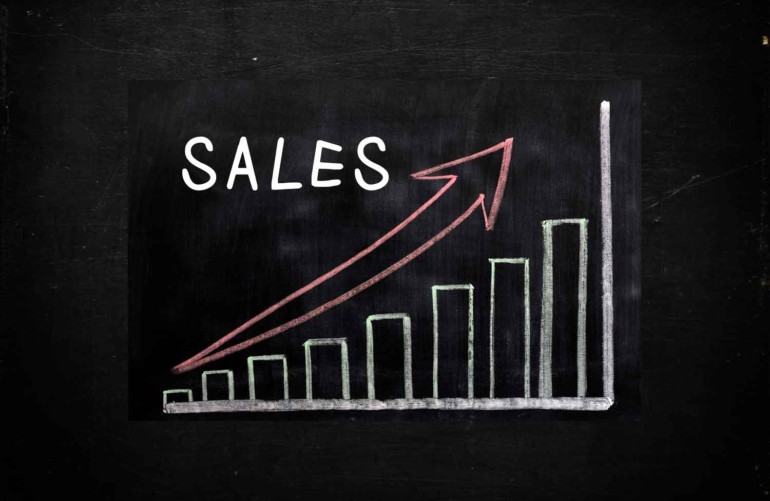Ask Andi: Accurately forecasting sales is tough. Sales recently had 4 out of 6 deals fall apart. What concerns me is that we had put a very high close ratio on all 6. Our estimates were each had an 80% or better chance of closing. I know that a closing percentage estimate is a gut feeling. It’s subjective. How do we get a more accurate picture of what’s likely to happen?
Top Thoughts: Accurately forecasting sales is a prediction of future sales revenue. Salespeople often focus on what seems hot, regardless of the real probability of closing. Getting prospects to close is not an event, but a process – a series of steps that need to be tackled in the right order. Building an accurate sales forecast system will help both sales and management better understand and deal with the challenges they face.
Accurately forecasting sales
An active prospect, saying what seems like the right things, can easily be misinterpreted as a sale that’s ready to happen. Salespeople can be overly enthusiastic about what they’re working on and have blind spots for reality. Maybe the prospect was ready to close, maybe it wasn’t. Either way, the forecast of 80% x 6 prospects means that 4 – 5 out of 6 should have closed. In this case, only 2 out 6, or 33%, actually ended up closing. A big gap.
Who cares? Management and the salesperson should both care. Management needs actionable, accurate information with which to plan. Salespeople need to know what they can count on to close, and where they’re getting tripped up.
It would help both management and the salesperson to look at the steps a prospect goes through. Classic sales stages include information gathering, agreeing on needs, negotiating prices, confirming solutions via proposal, and negotiating contracts. Have a couple of brainstorming sessions to figure out the typical path a prospect follows. Build a checklist to use for each sales stage, to verify that everything appropriate to that stage gets covered and checked off.
Predictions are based on previous sales data
Think of the sales funnel as a weeding process. As prospects move from one stage to the next, the goal is to focus on those prospects most likely to close, eliminate those that are unlikely to close and set up a nurturing process for those that could close but aren’t ready. Mistaking so many accounts as highly likely to close (80% or better shot of closing), and they don’t close, means that the salesperson is missing something in the weeding in / weeding out process.
Assign probabilities to each sales stage, based on historical averages. For instance, if typically 2 out 10 prospects that complete stage 1 end up closing, put a 20% close ratio on all prospects at the end of stage 1. If the chances increase to 4 out of 10 closings when the prospect completes stage 2, assign a 40% close ratio at the end of stage 2. And so on.
Salespeople will get a lot of benefits out of learning to forecast accurately. No good salesperson wants to miss out on exceeding quota and cashing commission checks. Help them build a fact-based way to assess where they stand.
Sales are rarely stable
The sales funnel can also be used to identify training needs. When closes fail to happen, often there’s a pattern – something that gets skipped, or a stall that happens regularly. In this salesperson’s case, we found that she missed a crucial step about halfway through every sale. We isolated the problem and helped her understand how to keep it from cropping up in the future. Her forecasts are becoming more accurate, and she’s closer to hitting her goals.
When sales management and salespeople can agree that the sales forecast is accurate, trust goes up. Confidence increases when both are on the same page. And management can proceed with decisions based on knowing where the company’s growth is coming from, and what else, if anything, needs to be done in order to make a plan for the month, quarter, or year.




